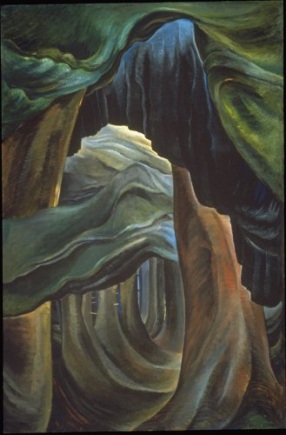Not only are some Indigenous people Christian, some of them wear pants and drive cars too, Magoo.
And Rev, you say it yourself at 190 - that perhaps the name of the community is omitted to have it be a generic representation.
That is taking stuff out of the context of the people and community who built it. Those crosses in the picture mark the resting place of real people. How do their families feel about not being identified?


